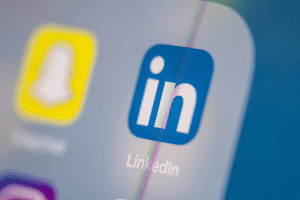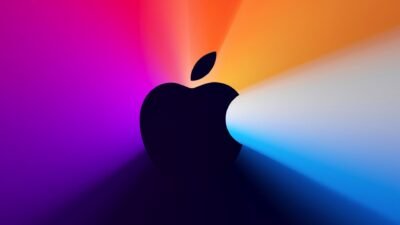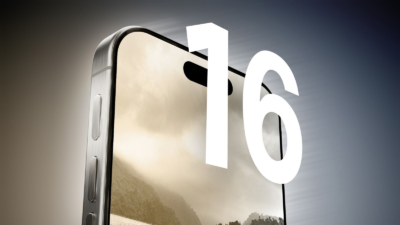James Webb Space Telescope To Send First Color Images By July 12

The James Webb Space Telescope arrived at its final position earlier this year and the Hubble successor is slowly starting to work “right”. NASA and ESA have already published the first images, but the real highlights are yet to come. What is meant here are the first color images from the space telescope.
Although the European Space Agency and its North American counterpart have already released the first images, these were not actual science observation projects, but rather tests of whether and how sharply the joint project between NASA and ESA is working. After launch on December 25, 2021, the first six months of operations will be devoted to preparation, including calibrating the instruments to the space environment and aligning the mirrors.
First full-color images on July 12
But the first true color images will be available relatively soon, as the European Space Agency has ESA announced that color images and spectroscopic data will be released on July 12. Infographic Hubble successor: The James Webb Space Telescope in detail And the researchers promise (themselves) a lot: “The publication of the first full-color images of Webb will be a unique moment for all of us to stop and take in a view admire that humanity has never seen before,” said NASA scientist Eric Smith.
“These images are the culmination of decades of dedication, talent, and dreams – but they’re also just the beginning.” Likewise, his European colleague Chris Evans said: “This first release will be a remarkable moment for the mission, giving us a first glimpse of how Webb will change the way we see the universe.” What we will see exactly is not yet known. Simple reason: The operators of the James Webb Space Telescope themselves don’t know it yet, as Joseph DePasquale of the Space Telescope Science Institute explains: “Of course, there are things that we expect and hope to see, but with a new telescope and this new infrared data with high resolution, we won’t know until we see them.”
Digital marketing enthusiast and industry professional in Digital technologies, Technology News, Mobile phones, software, gadgets with vast experience in the tech industry, I have a keen interest in technology, News breaking.












